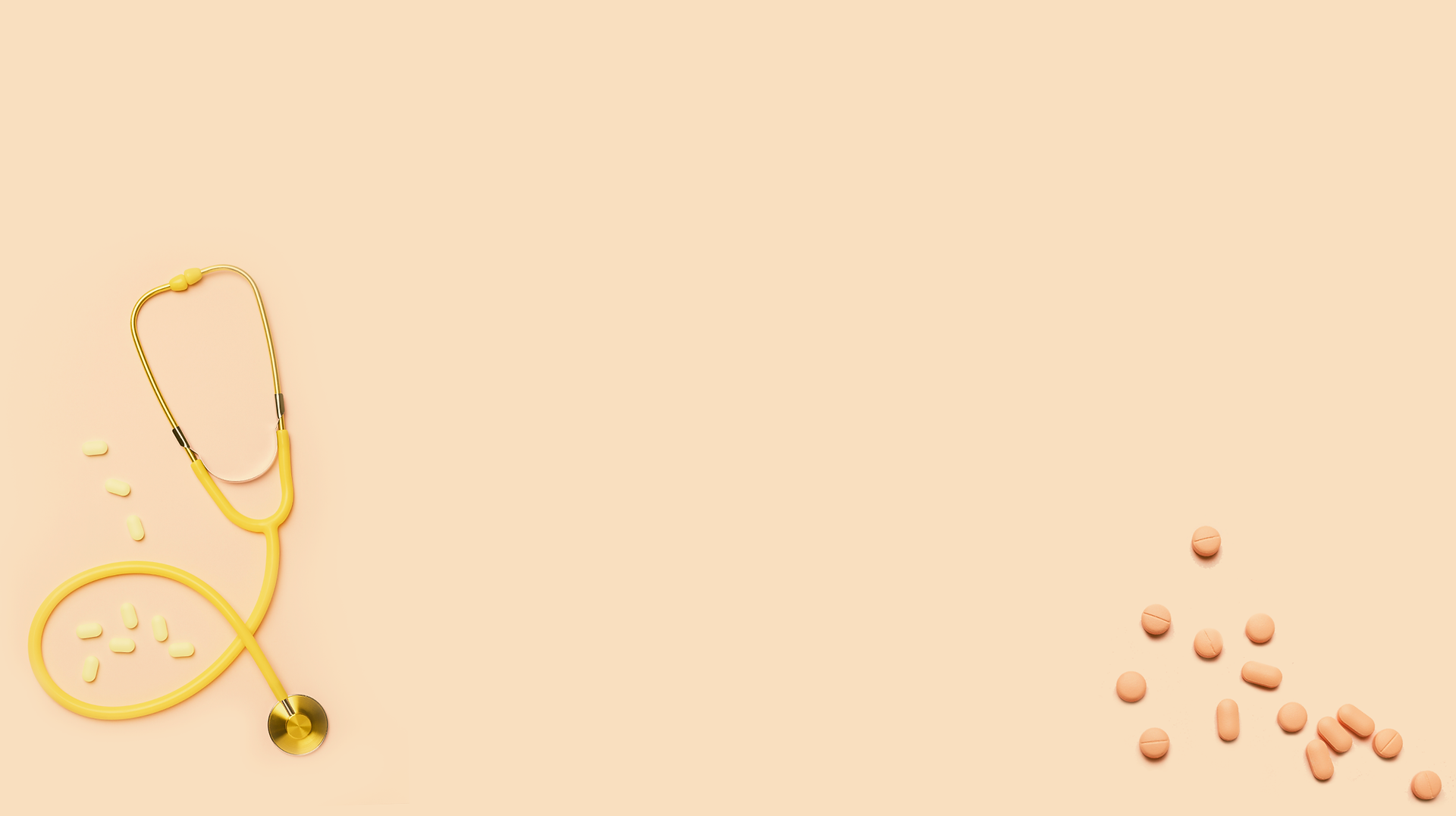How Long Does Hair Loss Treatment Last?
- Dynamic Clinic
- Oct 11, 2024
- 3 min read
Hair loss can be a distressing experience, particularly for teenage males who are navigating the complexities of adolescence. Understanding the duration of hair loss treatments and the underlying causes of hair loss in this demographic is crucial for effective management and emotional well-being. This article explores the longevity and delves into the specific Causes of Hair Loss in Teenage Males.
Understanding Hair Loss Treatment Duration
The duration of hair loss treatment can vary significantly depending on the type of treatment chosen and the individual's response to it. Generally, most hair loss treatments require consistent use over an extended period to achieve noticeable results. For instance, topical treatments such as minoxidil can take anywhere from three to six months before significant hair regrowth is observed.
Oral medications like finasteride may also take several months to show effects. It is important to note that the effectiveness of these treatments can differ from person to person, influenced by factors like genetics, the severity of hair loss, and adherence to the treatment regimen.
For teenage males, it’s essential to start any hair loss treatment under the supervision of a healthcare professional. This ensures the right treatment approach tailored to their unique needs, as their bodies are still developing. Regular follow-ups with a doctor can help monitor progress and make necessary adjustments to the treatment plan. In some cases, combining treatments can enhance results, but this should always be done under medical guidance.
Common Causes of Hair Loss in Teenage Males
Several factors contribute to hair loss in teenage males, and understanding these causes can help address the issue more effectively. Here are some of the most common culprits:
Genetic Predisposition
One of the primary causes of hair loss in teenage males is hereditary factors. Male pattern baldness, also known as androgenetic alopecia, can begin as early as the teenage years. This condition is genetically determined, meaning if there is a family history of hair loss, a teenage male is at a higher risk. The condition is characterized by a progressive thinning of hair on the crown and temples, leading to bald spots.
Hormonal Changes
Adolescence is a period marked by significant hormonal changes. Increased levels of androgens, particularly testosterone, can lead to hair thinning in some males. These hormones can affect hair follicles, causing them to shrink and produce thinner hair strands over time. This hormonal fluctuation can trigger hair loss, which may be more noticeable during this developmental stage.
Nutritional Deficiencies
Diet plays a crucial role in maintaining healthy hair. Teenage males who do not consume a balanced diet rich in vitamins and minerals may experience hair loss. Deficiencies in essential nutrients, such as iron, zinc, and vitamins A and D, can lead to weakened hair follicles and increased shedding. Ensuring a nutrient-rich diet can be vital for promoting hair health and preventing hair loss.
Stress and Mental Health
Teenagers often face various stressors, from academic pressures to social challenges. High levels of stress can trigger a condition known as telogen effluvium, where hair follicles enter the shedding phase prematurely. This can result in noticeable hair thinning. Additionally, mental health issues such as anxiety and depression can also contribute to hair loss, as they may lead to unhealthy coping mechanisms, including poor diet and neglecting self-care.
Medical Conditions
Certain medical conditions can also lead to hair loss in teenage males. For instance, autoimmune disorders like alopecia areata cause the immune system to attack hair follicles, resulting in patchy hair loss. Other conditions, such as thyroid disorders and scalp infections, can also contribute to hair loss. It’s crucial for individuals experiencing unexplained hair loss to consult a healthcare professional for proper diagnosis and treatment.
Hairstyling Practices
Teenage males often experiment with different hairstyles, which can impact hair health. Frequent use of heat styling tools, harsh hair products, or tight hairstyles such as braids and ponytails can lead to traction alopecia, a form of hair loss caused by excessive pulling on the hair. It’s important to adopt gentle hairstyling practices to minimize damage and maintain healthy hair.
Medication Side Effects
Certain medications can have side effects that include hair loss. Teenagers may be prescribed medications for various health issues, and it’s essential to be aware of the potential impact on hair. If hair loss occurs after starting a new medication, discussing alternatives or solutions with a healthcare provider can help address the issue.
Conclusion
Hair loss in teenage males can stem from various causes, ranging from genetic predisposition and hormonal changes to nutritional deficiencies and stress. Understanding these factors is crucial for effective management and treatment. Hair loss treatment duration varies depending on the method used and individual response, making it essential to consult a healthcare professional for personalized guidance. By addressing the underlying causes and committing to a treatment plan, teenage males can take proactive steps to manage hair loss and promote overall hair health.


Comments